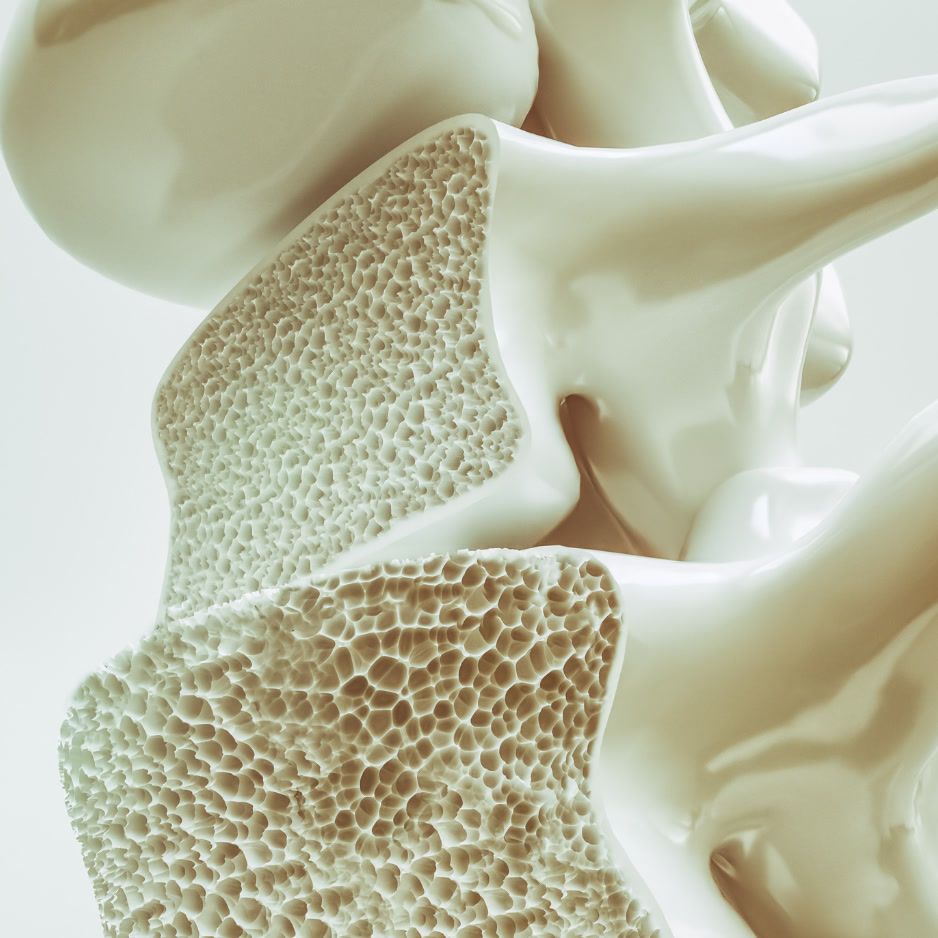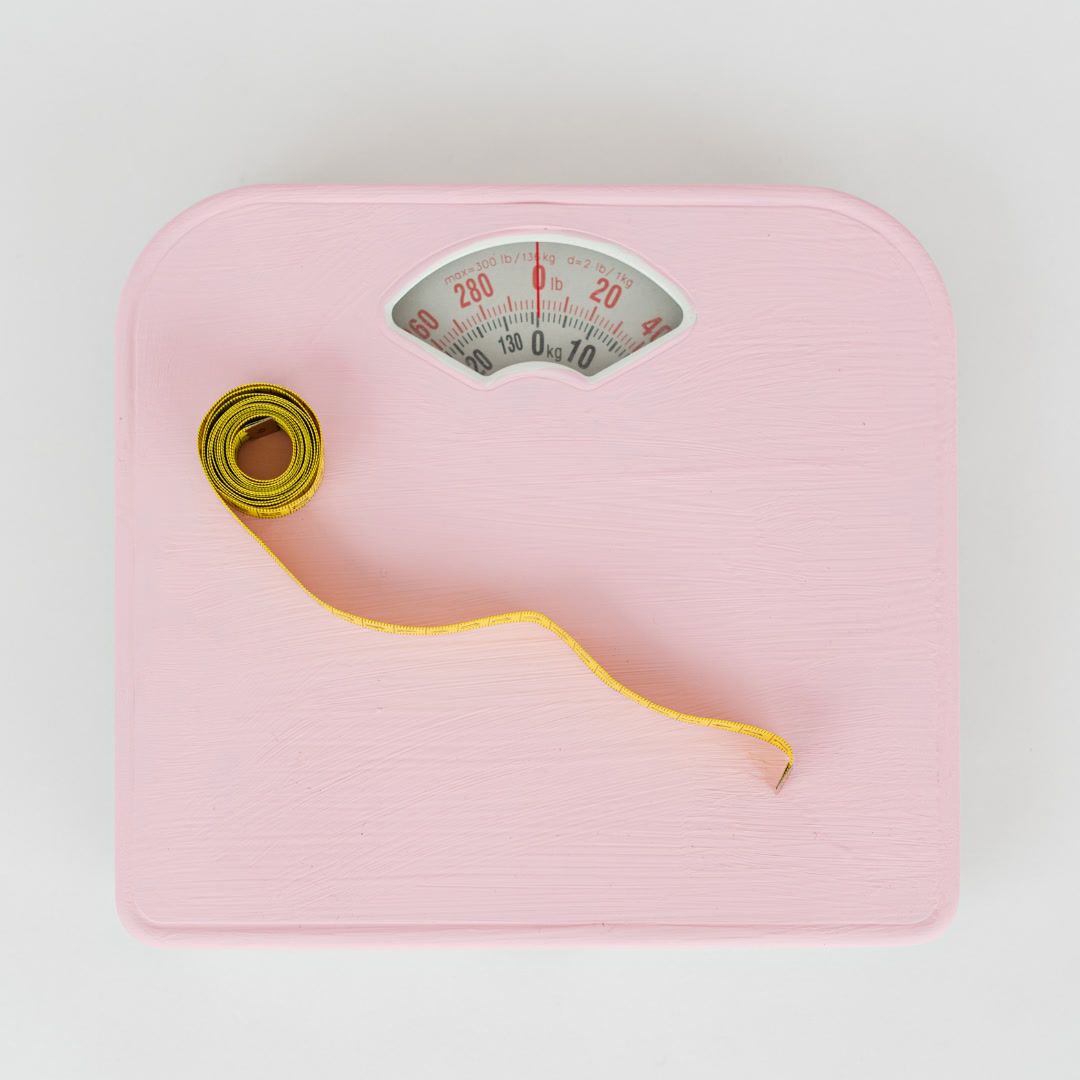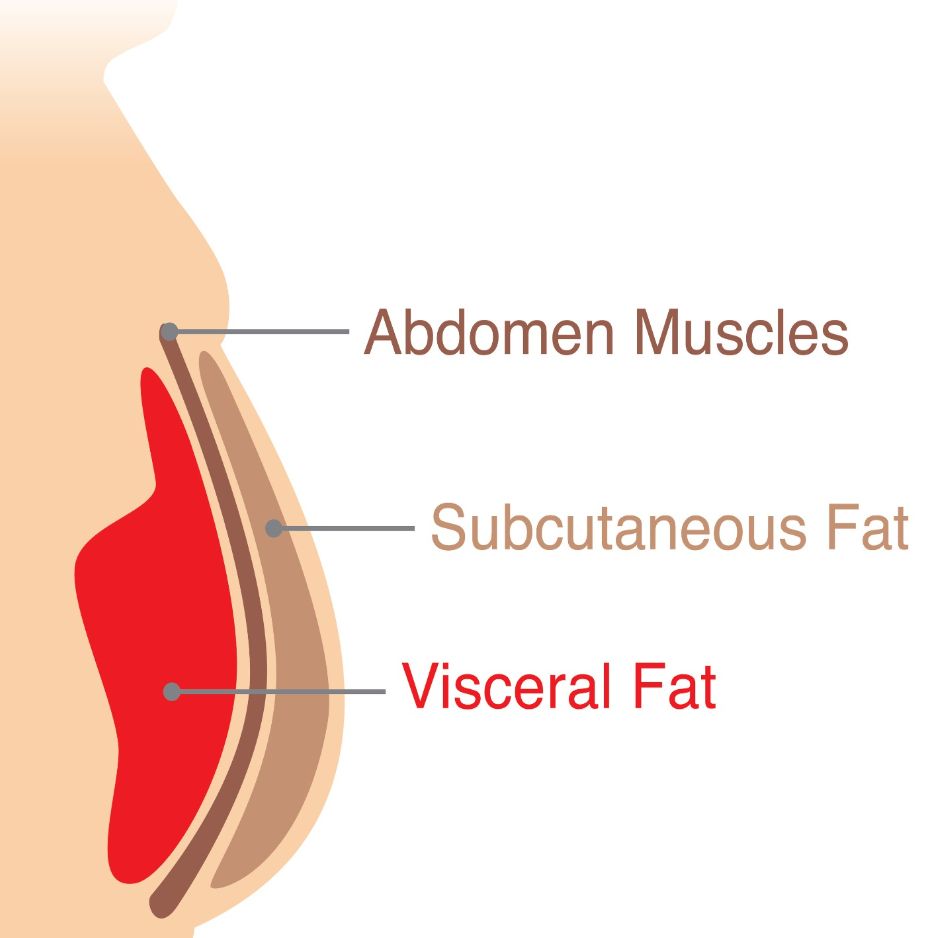Apple Cider Vinegar Gummies: Effectiveness and Considerations

Apple Cider Vinegar Gummies: Do They Work?
In 30 seconds
- Apple cider vinegar gummies are a tasty, convenient swap for liquid vinegar, but most research looks at liquid ACV—not gummies. For post‑meal blood sugar control, liquid ACV outperforms solid formats like tablets. Johnston et al., 2020
- If you still want gummies, choose low‑sugar options, check how much ACV (or acetic acid) you’re getting per gummy, and set realistic expectations. Overview articles echo this caution. Healthline, EatingWell
- Want proof it’s working? Track fat loss (including visceral fat) and lean mass with regular BodySpec DEXA scans—objective data beats scale swings. Book your scan
Key takeaways
- Evidence gap: Direct, gummy‑specific studies are limited; most data is from liquid ACV. Healthline, EatingWell
- Form matters for blood sugar: In a crossover trial, liquid vinegar reduced the 60‑minute post‑meal glucose rise by ~31% versus control and whole vinegar tablets. Crushed tablets dissolved in water performed similarly to liquid. Translation: dissolution and timing matter. Johnston et al., 2020
- Dose and sugar vary by brand: Gummies often deliver less ACV than liquid doses used in studies and may include added sugar—important for weight and glucose goals. Always verify labels.
- Make it measurable: If you’re testing ACV for weight or visceral fat, set a baseline and reassess in 8–12 weeks with a DEXA scan for precise body‑composition tracking. Book with BodySpec
What are ACV gummies?
ACV gummies are chewable supplements with dehydrated apple cider vinegar, sweeteners/flavor, and sometimes extras like B vitamins. The main active component is acetic acid.
- Pros: Better taste than straight vinegar, easy to carry, simple to remember.
- Cons: Typically lower ACV per serving than liquid doses used in studies; some formulas add sugars or sugar alcohols.

Bottom line: convenience is great, but outcomes depend on the form, dose, and timing.
Do ACV gummies work?
Short answer: We don’t have many gummy‑specific trials yet. Most insights come from liquid vinegar studies.
- Post‑meal blood glucose: A four‑arm crossover study found liquid vinegar significantly reduced the post‑meal glucose spike (~31%) versus control and whole vinegar tablets; crushed tablets dissolved in water behaved more like liquid, highlighting how dissolution rate matters. Johnston et al., 2020
- Weight, waist, and lipids (liquid ACV): In a 12‑week randomized trial, daily vinegar (15 mL or 30 mL) led to modest reductions in weight, BMI, waist/visceral fat, and triglycerides versus placebo in adults with overweight. Kondo et al., 2009
- Gummies specifically: Reviewers note little direct research on ACV gummies, and doses often don’t match liquid studies. Healthline, EatingWell
If your main goal is body‑composition change, pair any ACV experiment with consistent nutrition, training, and objective tracking—not just the scale.
Gummy vs. liquid: bioavailability and real‑world tradeoffs
The most consistent antiglycemic effects show up with liquid vinegar taken around meals. In the study above, whole tablets likely underperformed due to slower dissolution, delaying acetic acid when timing is critical. Johnston et al., 2020
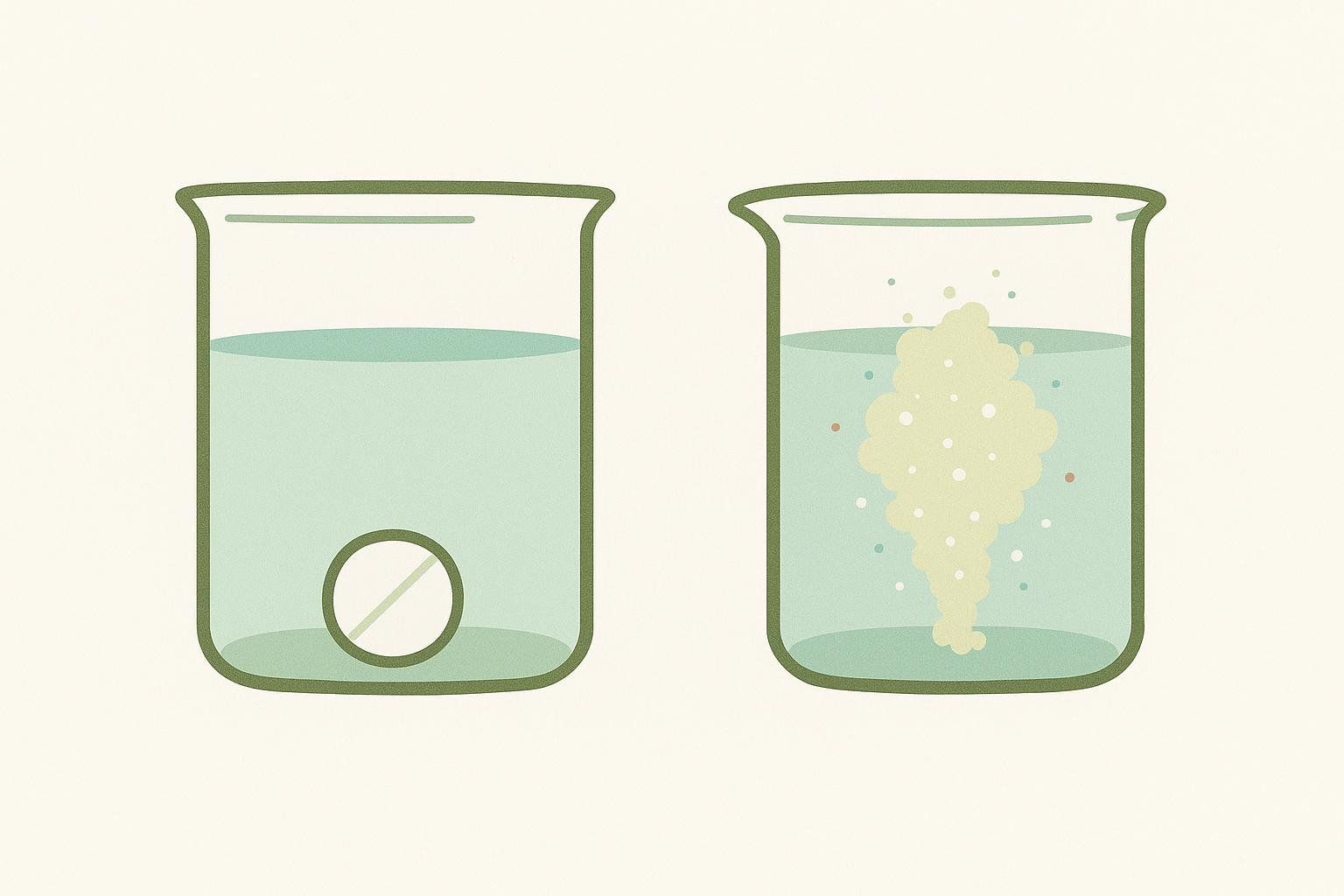
- Liquid ACV advantages: Fast delivery of acetic acid; easy to dilute and sip before or with meals.
- Gummy tradeoffs: Better taste and portability, but potentially lower acetic acid per serving, added sugar, and variable release.
If your aim is blunting a post‑meal glucose rise, current head‑to‑head evidence favors liquid over solid supplement formats.
Potential benefits: what’s plausible (and what’s overhyped)
Based on liquid ACV research and how acetic acid acts:
- More plausible: Support for post‑meal glucose control when taken as liquid with meals; modest, short‑term reductions in weight/waist in some trials; possible improvements in fasting lipids for certain groups. Kondo et al., 2009
- Overhyped: “Detox,” broad immunity claims, and dramatic fat‑burning—especially for gummies that usually deliver lower doses and may include sugars. Healthline, EatingWell
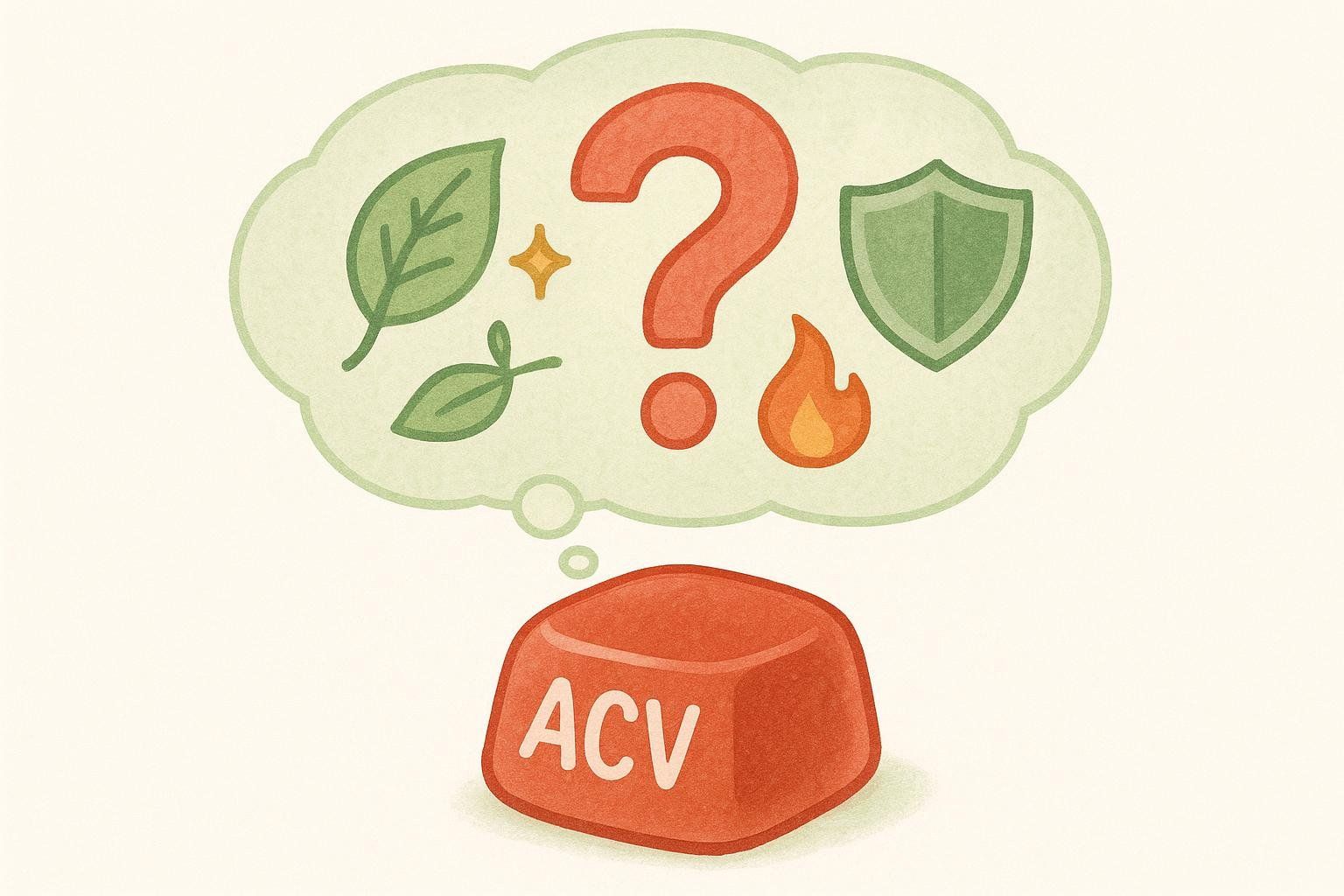
Safety and side effects
ACV in food‑like amounts is generally well tolerated, but gummies add formulation variables.
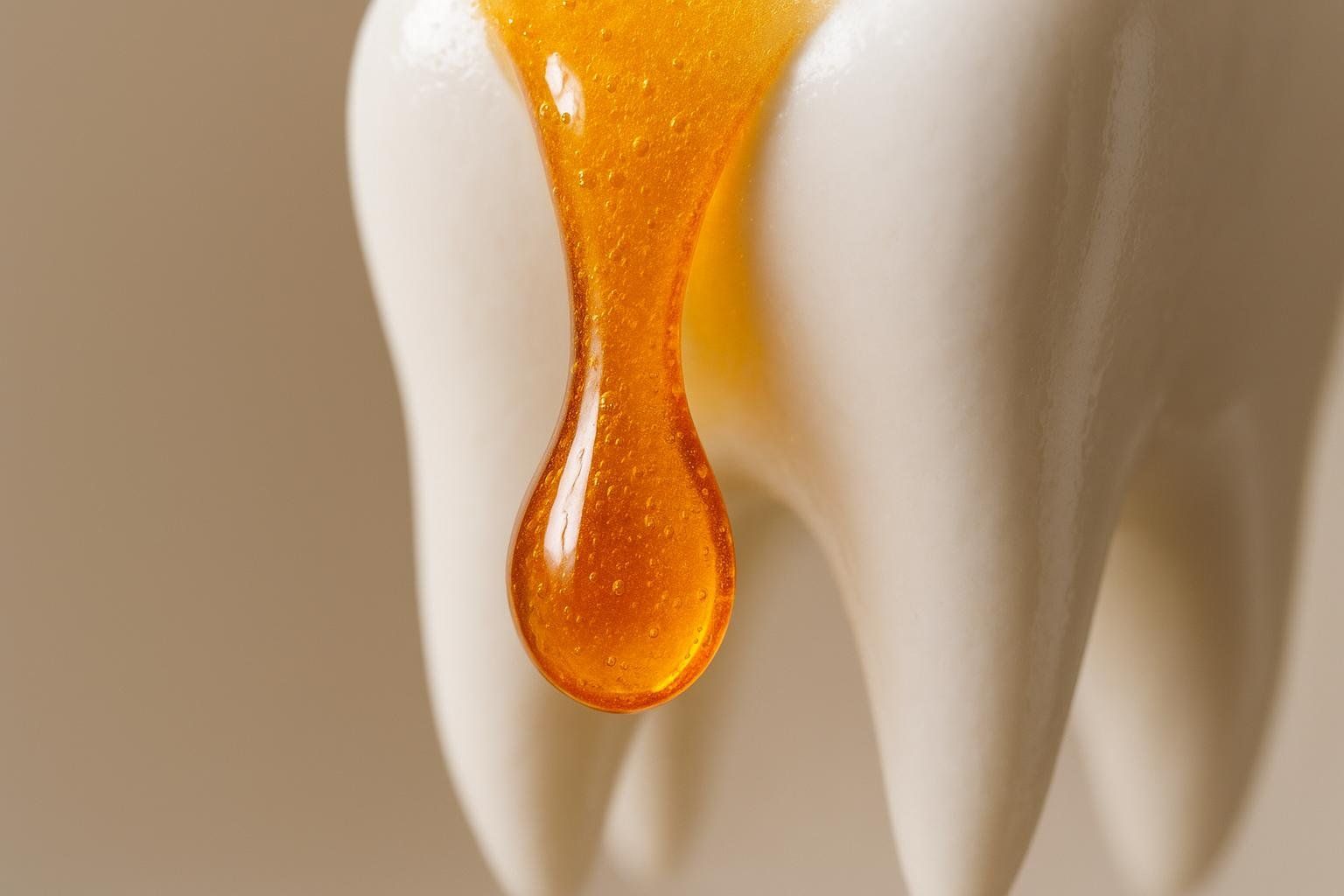
- Added sugars: Can work against weight and glycemic goals; check the label.
- GI symptoms: Nausea or reflux can occur; sugar alcohols may cause bloating.
- Dental health: Acidic, sticky gummies can affect enamel—rinse or drink water afterward.
- Medications/conditions: Talk to your clinician if you use insulin or sulfonylureas, have low potassium, chronic kidney disease, or significant reflux; vinegar can influence potassium and glucose responses. WebMD
- Pregnancy: Supplemental use lacks strong safety data—seek medical guidance.
Working on insulin resistance? See our practical strategies in the Insulin Resistance & Weight Loss Guide and consider tracking visceral fat with periodic DEXA scans.
How to choose an ACV gummy (smart label‑reading)
Use this checklist before you buy. Aim for low sugar and clear dosing.
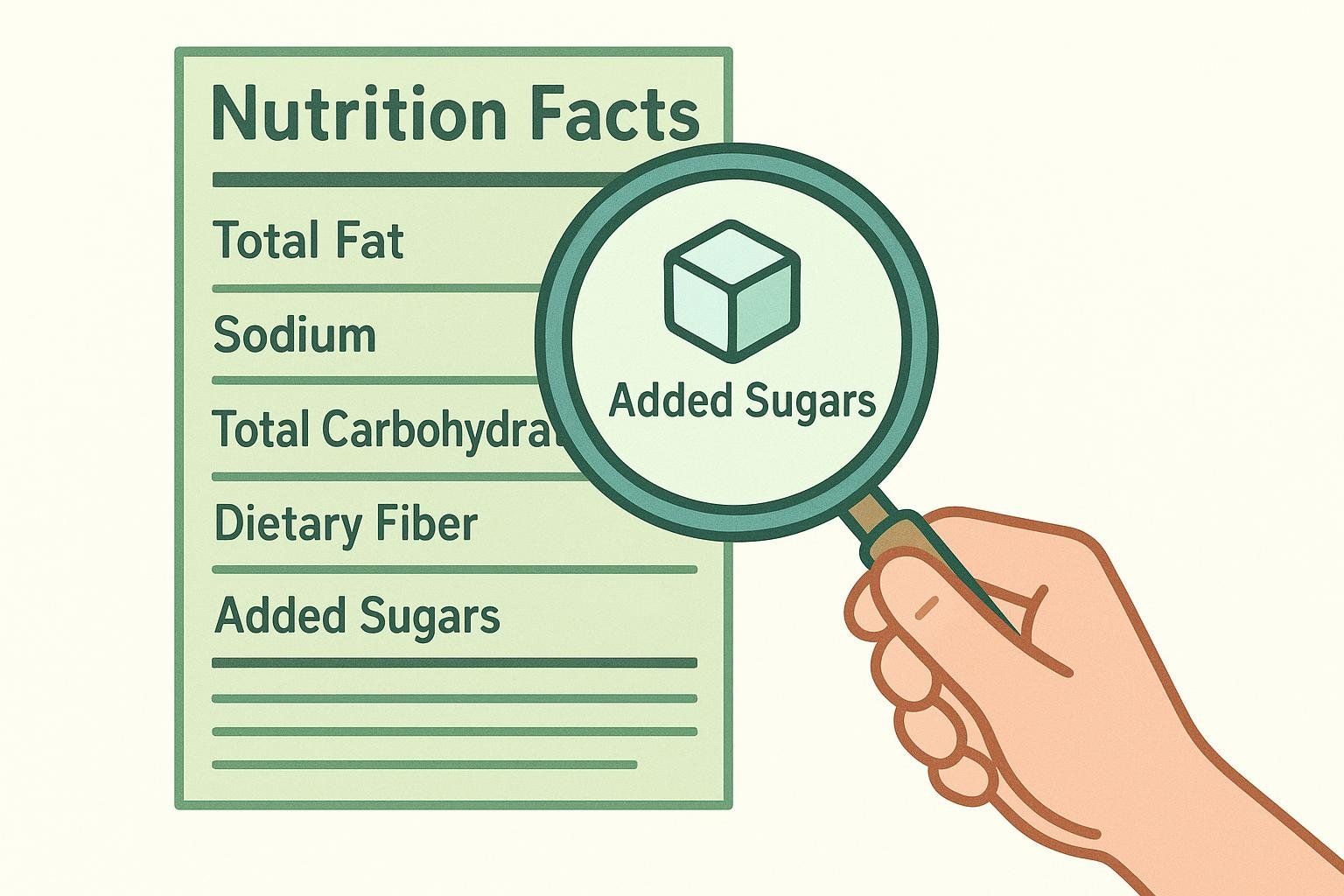
| Label item | Why it matters | What to look for |
|---|---|---|
| ACV or acetic acid per gummy | Dose drives any plausible effect | Clearly stated amount (avoid vague “proprietary blends”) |
| Added sugar | Impacts weight and blood sugar | 0–2 g per gummy; avoid glucose syrup |
| Third‑party testing | Quality/label accuracy | USP, NSF, Informed Choice (when available) |
| Extras | May be low‑dose additions | Verify meaningful dosage (e.g., B12) if you want them |
| Price per day | Real‑world cost | Compare cost at suggested daily use |
Note: Some “keto ACV” gummies include exogenous ketones (BHB). For those, see our deep dive: Keto ACV Gummies.
Brand comparison (examples — verify your label)

Values below are per gummy when available; pricing is approximate and varies by retailer.
| Brand | ACV per gummy | Added sugar | Notable additions | Third‑party tested? | Approx. price per gummy | Source |
|---|---|---|---|---|---|---|
| Goli ACV Gummies | 500 mg | 1 g | Vitamin B12 1.2 mcg; beetroot; pomegranate | Not stated | ~$0.23 (60 ct at $13.99) | Amazon |
| Walgreens ACV 500 mg Gummies | 500 mg | 1 g | Vitamin B12 1.2 mcg; Folate 120 mcg DFE | Not stated | ~$0.22 (60 ct at $12.99) | Walgreens |
| Nature’s Truth ACV Gummies | 200 mg | ~1.3 g | — | Not stated | ~$0.13 (75 ct at $9.99) | Target |
Labels and prices change—always double‑check the Nutrition Facts and current pricing.
How to take ACV (gummies and liquid)

- Dose: Follow the label. More isn’t better if it hikes sugar or tummy troubles.
- Timing: Take with food to reduce GI discomfort. If your goal is post‑meal glucose support, consider diluted liquid ACV before or with a higher‑carb meal—reflecting the form‑dependent effects in research. Johnston et al., 2020
- Fasting: Gummies (even “sugar‑free”) contain calories and will break a fast; take them during an eating window.
- Teeth: Rinse or sip water afterward.
- Digestive support: If digestion—not blood sugar—is your main goal, you may see more targeted benefits from specific probiotics or digestive enzymes. Try our Science‑Backed Guide to Supplements for Digestion.
Who should consider alternatives to gummies?
- People managing prediabetes/diabetes who are minimizing added sugars.
- Anyone on glucose‑lowering medications—get clinical guidance first.
- Those with significant reflux or a history of esophageal irritation.
- If your priority is post‑meal glucose control, liquid vinegar currently has the stronger evidence base.
Taste barrier? Dilute 1–2 teaspoons in a large glass of water, sip with a straw, and add cinnamon or lemon. Avoid undiluted “shots.”

How to know if ACV is helping you
Make it a simple 8–12 week experiment and measure what matters.
- Pick one primary outcome: Post‑meal energy/cravings, body weight, or visceral fat.
- Track consistently:
- Weight and waist weekly.
- DEXA body composition at baseline and 8–12 weeks to assess fat changes—especially visceral fat and lean mass.
- Subjective markers: post‑meal energy and cravings. For tactics, see How to Stop Sugar Cravings.
Why DEXA? It’s a quick, low‑dose scan that shows your fat mass, lean mass, and visceral fat with medical‑grade precision—far beyond a home scale. Repeat scans every 2–3 months to see what’s actually changing, so you can keep what’s working and cut what’s not. Ready to get a baseline? Book a BodySpec scan
If there’s no meaningful change by week 12, ACV gummies probably aren’t a high‑ROI habit for your goals.
FAQ
Do ACV gummies help with weight loss?
Evidence specific to gummies is limited. Trials of liquid ACV have reported modest, short‑term reductions in weight and waist in some populations, but product form, dose, and added sugars vary widely. Sustainable nutrition and training drive most of the results. Kondo et al., 2009
Are ACV gummies safe for people with diabetes?
Discuss with your clinician. Consider added sugars in some gummies and potential interactions with glucose‑lowering meds. If your goal is post‑meal glucose support, diluted liquid vinegar before or with meals currently has stronger evidence than solid supplement formats. Johnston et al., 2020, WebMD
How many ACV gummies should I take per day?
Follow the label. More is not necessarily better if it increases sugar intake or GI side effects.
Will ACV gummies break a fast?
Yes. Gummies contain calories and will break a fast. Take them during your eating window.
Can I take ACV gummies with probiotics or digestive enzymes?
Yes—they act via different mechanisms. For product selection and timing tips, see our Science‑Backed Guide to Supplements for Digestion.
How long until I see results?
If benefits occur, you may notice meal‑related effects (energy, cravings) within weeks; body‑composition trends, if any, are better assessed over 8–12 weeks with consistent measurement.
References
- Johnston et al., 2020 — Commercial Vinegar Tablets Do Not Display the Same Physiological Benefits for Managing Postprandial Glucose Concentrations as Liquid Vinegar. Journal of Diabetes Research.
- Kondo et al., 2009 — Vinegar intake reduces body weight, body fat mass, and serum triglyceride levels in obese Japanese subjects. Biosci Biotechnol Biochem.
- Healthline — Are There Benefits to Eating Apple Cider Vinegar (ACV) Gummies?
- EatingWell — Apple Cider Vinegar Gummies: Health Benefits & Safety.
- WebMD — Apple Cider Vinegar: Benefits, Risks, and Uses.
This content is for educational purposes only and is not medical advice. Always consult your healthcare provider before starting any supplement.
